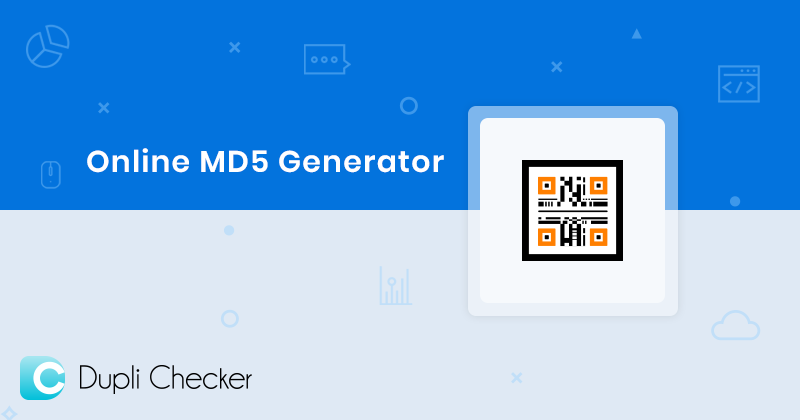

Here are several qualities that hush functions must have to be useful and secure. Here are the 4 qualities a cryptographic hash function must have to be useful. While there are several different classes of cryptographic hash functions, they all share the same four properties. The number of inputs has no limit, but the outputs are limited to a specific number. Regardless of the size of the inputted data, the strings have a fixed length. Hashes are designed to produce a string of characters. The users can compare a hash of the source file with a newly created hash of the destination file to check that it is intact and unmodified because the algorithm always produces the same output for the same given input. MD5 hashes are also used to ensure the data integrity of files. The final stage is the computed value from the last block becomes the MD5 digest for that block. Each stage includes four message-digest passes that manipulate values in the current data block and values processed from the previous block. The first stage begins with the message-digest values initialized using hexadecimal numerical values. There are some stages that the computation of the MD5 is performed. If we input into an MD5 hash value then the result will be the following: 550850e0a6ddfa733aea39dff93c13ad. The output is a 128-bit message-digest value. The MD5 message-digest hashing algorithm processes the data in 512-bit blocks, then divides it into 16 words composed of 32 bits each. Encoding the same string using the MD5 algorithm will result in the same 128-bit hash output. The MD5 hash is created by taking a string of any length and encoding it into a 128-bit fingerprint. It can be any data, of any size but the hash value will always be fixed. The basic idea behind cryptographic hashing is to take an arbitrary block of data and return a fixed “hash” value. If it gives you the same results, it means that the string is verified. You can check the integrity of your MD5 hash.
#Md5 password generator generator#
When the MD5 hash generator finishes processing your request, you can already send the MD5 hash to your recipient. For example, if an attacker can easily reverse a hash function, the concept of the function will be totally useless. Hash functions are also called one-way functions because they must not be reversible. MD5 checksums are built to be non-reversible which means that you cannot look at the checksum and identify the original inputted data. MD5 is not as fast as MD4, but it is considered to be more secure than the previous ones. MD5 was released in 1991 and was also built for 32-bit machines. MD4 was made for 32-bit machines and was faster than MD2. Although MD2 is still in use, it is not recommended for applications that need a high level of security, because it is vulnerable to various attacks. The professor Ronald Rivest developed the first hash function MD2 in 1989, which was built for 8-bit computers.

#Md5 password generator series#
MD5 stands for Message Digest algorithm 5 and is one in a series of message digest algorithms designed by US cryptographer Professor Ronald Rivest in 1991 to replace an earlier hash function MD4. It provides a super quick and easy way to encode an MD5 hash from a simple string. It is very useful in encoding passwords, credit card information, and other sensitive data into MySQL or other databases.
#Md5 password generator free#
This online free MD5 hash generator tool allows you to generate the MD5 hash of any string.


 0 kommentar(er)
0 kommentar(er)
